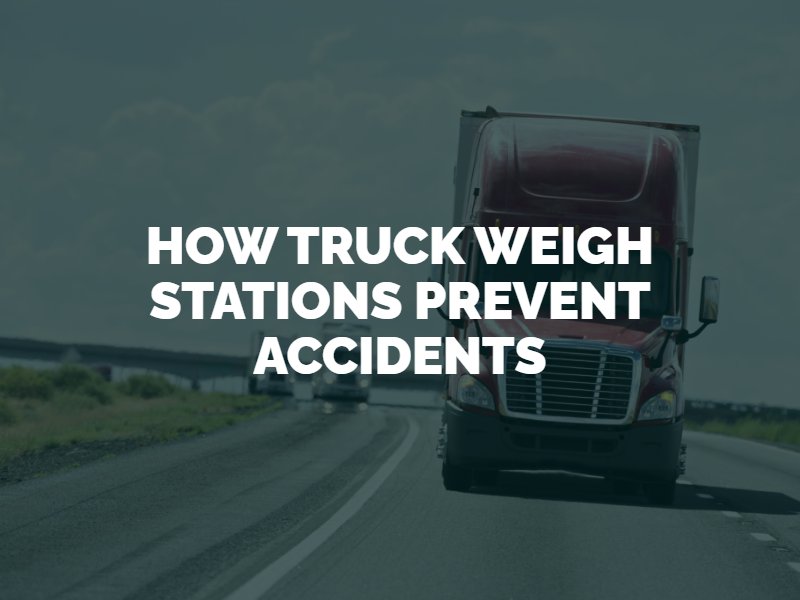We rely on the shipping industry and large commercial trucks to provide the goods and services we need in our daily lives, but these immense, unwieldy vehicles and trailers pose a significant safety threat to the much smaller, lighter passenger vehicles on the roadway.
Typical drivers who aren’t associated with the trucking industry frequently pass weigh stations on major highways and understand that they help ensure that trucking companies adhere to the weight limits imposed on trucks to minimize the risk to road structures and bridges. But what isn’t as often understood is how truck weight stations also help to prevent truck accidents in Seattle on the roads to minimize risks to other drivers.

Weigh stations are periodic checkpoints placed along major highways for weight inspections and equipment checks. The Department of Transportation (DOT) places weight restrictions on commercial vehicles and all vehicles weighing over 10,000 pounds must drive through these checkpoints along their routes. Drivers entering weigh stations either drive over scales or stop on a scale for officials to check the weight of their vehicle.
A fully loaded 18-wheeler can legally weigh as much as 18,000 pounds, but smaller trucks have lower weight limits. Federal guidelines limit single-axle trucks to 20,000 pounds. An overweight truck leaves the driver or trucking company open to fines, citations, and other consequences. At most stops, the weigh stations only check weight and do a cursory examination of the truck as it passes through, but during some stops, drivers must submit to safety checks and equipment inspections.
Weigh stations don’t just serve to issue fines to violators or even only to protect roads and bridges. Truck weigh stations may also prevent you from needing a truck accident attorney in Seattle. An overly heavy truck contributes to accidents in the following ways:
Weigh stations not only help compel trucking companies and truck drivers to stay within the weight limits, but they also randomly perform critical safety checks on key truck equipment, parts, and systems to help ensure trucks are as safe as possible on the road. They may also check a driver’s credentials and driving hour logs to ensure that trucking companies practice safe hiring, training, and logging practices.
Some inspection takes place at every weigh station, including capturing images of license tags and other identifying features. As a truck rolls through the scale, inspectors observe the condition of the tires and other equipment. In some cases, they’ll perform higher-level inspections such as Level-One “walkarounds” or higher-level, in-depth inspections of all parts, equipment, the load, and the driver’s records. Trucks carrying radioactive materials undergo different inspection practices.
Some states have more frequent DOT inspections than others, but a truck driver should anticipate an inspection at any time. Instead of waving the driver through, the official will direct the driver to park for an inspection. Truck drivers must submit to any level of inspection official demand while at the weight station.